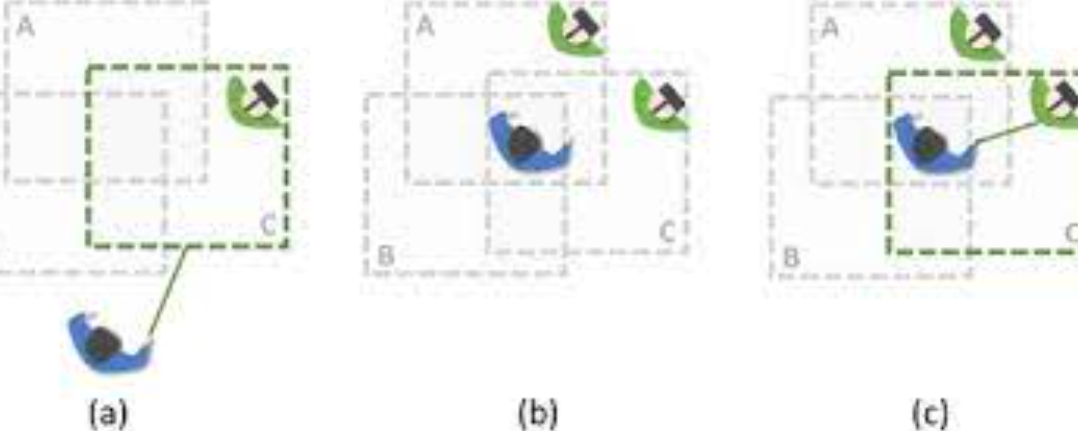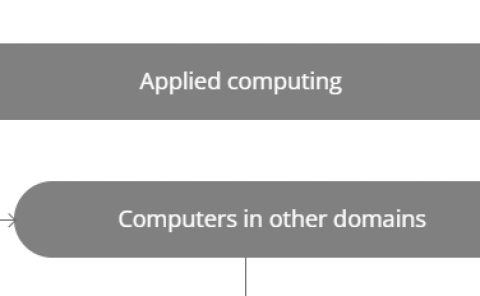Virtual Navigation considering User Workspace: Automatic and Manual Positioning before Teleportation
PubDate: November 2020
Teams: Université Paris
Writers: Yiran Zhang;Nicolas Ladeveze;Huyen Nguyen;Cedric Fleury;Patrick Bourdot
PDF: Virtual Navigation considering User Workspace: Automatic and Manual Positioning before Teleportation

Abstract
Teleportation is a navigation technique widely used in virtual reality applications using head-mounted displays. Basic teleportation usually moves a user’s viewpoint to a new destination of the virtual environment without taking into account the physical space surrounding them. However, considering the user’s real workspace is crucial for preventing them from reaching its limits and thus managing direct access to multiple virtual objects. In this paper, we propose to display a virtual representation of the user’s real workspace before the teleportation, and compare manual and automatic techniques for positioning such a virtual workspace. For manual positioning, the user adjusts the position and orientation of their future virtual workspace. A first controlled experiment compared exocentric and egocentric manipulation techniques with different virtual workspace representations, including or not an avatar at the user’s future destination. Although exocentric and egocentric techniques result in a similar level of performance, representations with an avatar help the user to understand better how they will land after teleportation. For automatic positioning, the user selects their future virtual workspace among relevant options generated at runtime. A second controlled experiment shows that the manual technique selected from the first experiment and the automatic technique are more efficient than the basic teleportation. Besides, the manual technique seems to be more suitable for crowded scenes than the automatic one.



